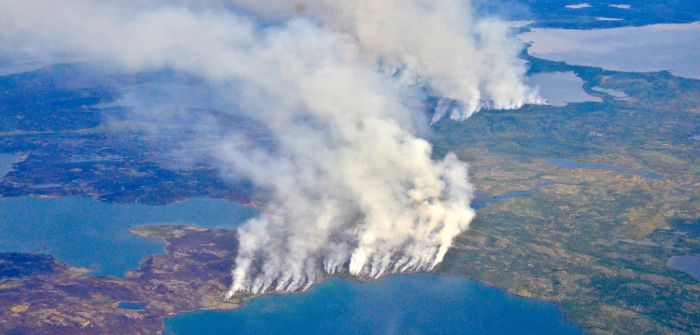The Arctic is at risk of zombie fires following an unusually warm spring, according to scientists from the Copernicus Atmosphere Monitoring Service (CAMS).
As the boreal fire season gets underway, scientists are monitoring the Arctic Circle with satellites, who have noted warm and dry conditions combined with record temperatures in Europe for March and April.
CAMS scientists are looking at Arctic fires with data from the Global Fire Assimilation System, using satellite-based sensors to provide daily estimates and information about fire intensity.
Signs that zombie fires may have reignited is a concern as last year’s wildfires were severe, emitting 50 megatons of carbon dioxide in June alone.
Mark Parrington, senior scientist at CAMS and wildfire expert, said that satellites hint at zombie fires and while these have not been confirmed by ground measurements, anomalies are widespread in areas that were burning last year.
“If this is the case, then under certain environmental conditions, we may see a cumulative effect of last year’s fire season in the Arctic, which will feed into the upcoming season and could lead to large-scale and long-term fires across the same region once again,” he explained.
Scientists have been monitoring wildfires in other regions, noting that the Caribbean was well above average but Southeast Asia was closer to average.



